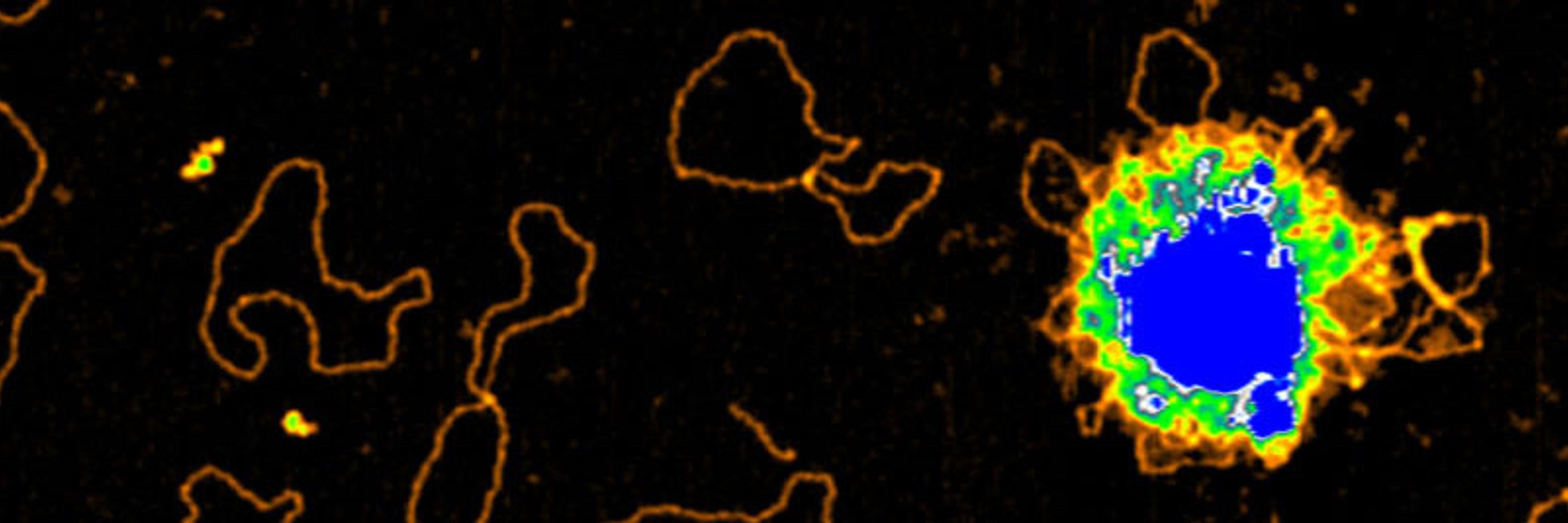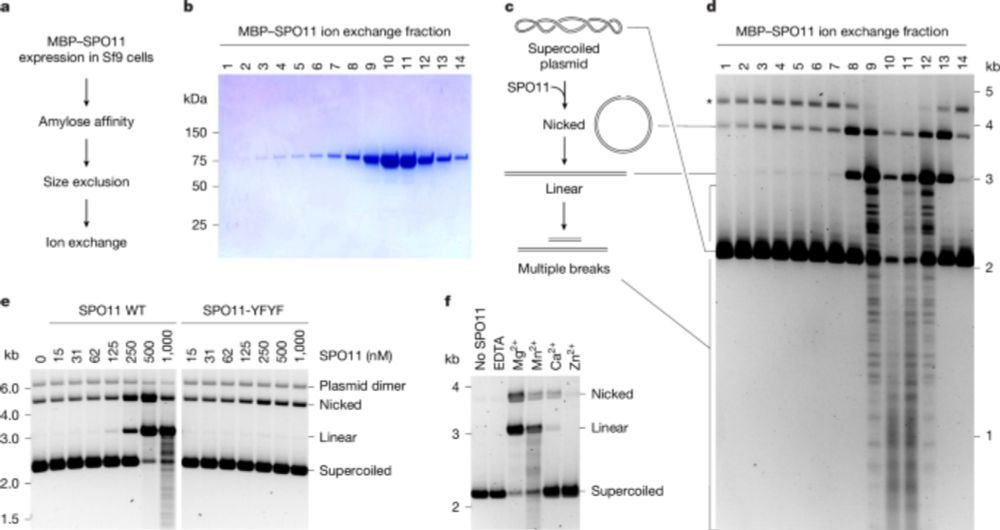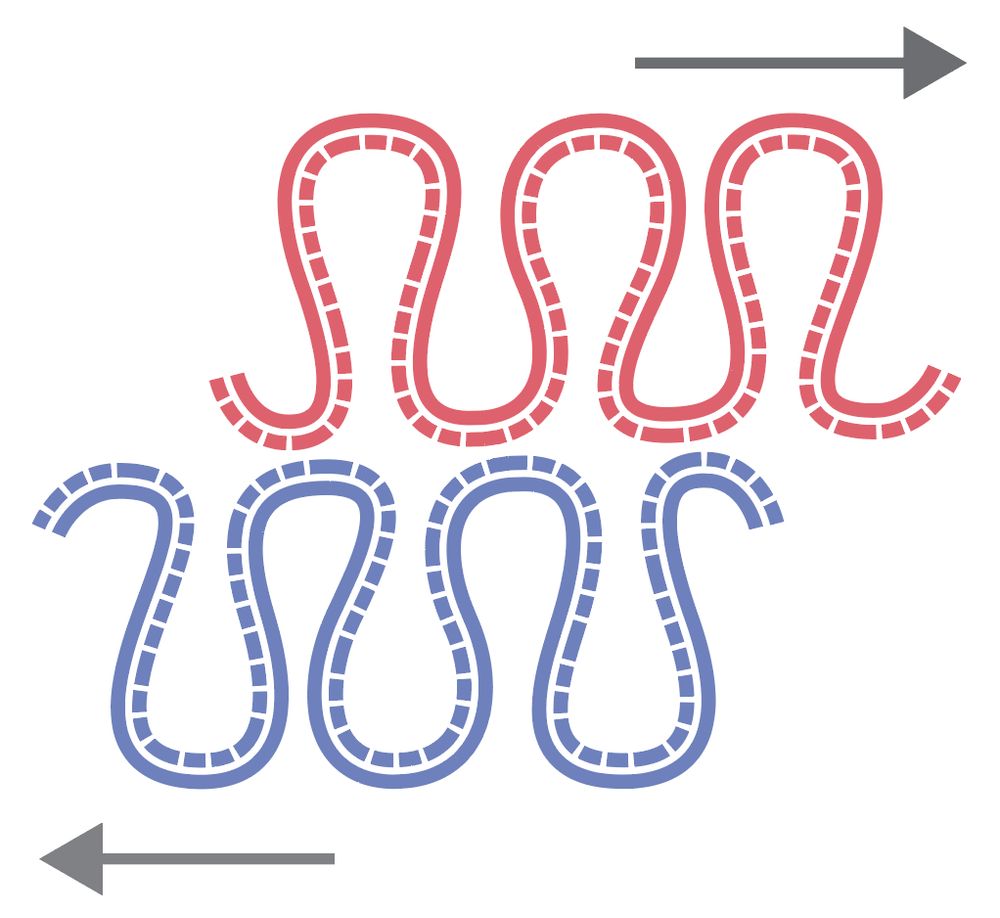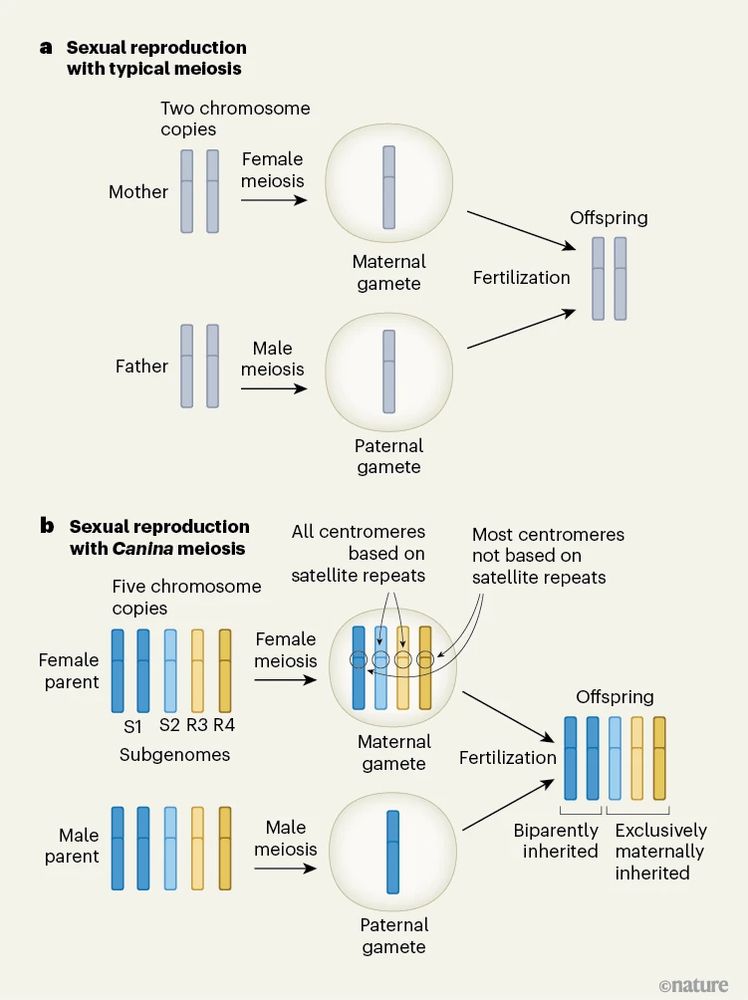Corentin Claeys Bouuaert
@ccb-lab.bsky.social
870 followers
900 following
47 posts
Group leader at UCLouvain exploring the mechanisms of DNA double-strand break formation and recombination during meiosis.
Lab website: https://perso.uclouvain.be/corentin.claeys
Posts
Media
Videos
Starter Packs
Reposted by Corentin Claeys Bouuaert
Valérie Borde
@lab-borde.bsky.social
· Aug 3

RPA directly stimulates Mer3/HFM1 helicase processivity to ensure normal crossover formation in meiosis
Meiotic crossover formation is critical for generating viable gametes and enhancing genetic diversity. The helicase Mer3 (HFM1 in humans) is a highly conserved factor essential for promoting crossover...
www.biorxiv.org
Reposted by Corentin Claeys Bouuaert
Valérie Borde
@lab-borde.bsky.social
· Aug 1
Institut Curie hiring Postdoctoral Position in Mammalian DSB Repair (F/M) in Paris, Île-de-France, France | LinkedIn
Posted 8:04:09 PM. About UsInstitut Curie Research CenterInstitut Curie is a major player in the research and fight…See this and similar jobs on LinkedIn.
lnkd.in
Reposted by Corentin Claeys Bouuaert
Reposted by Corentin Claeys Bouuaert

















